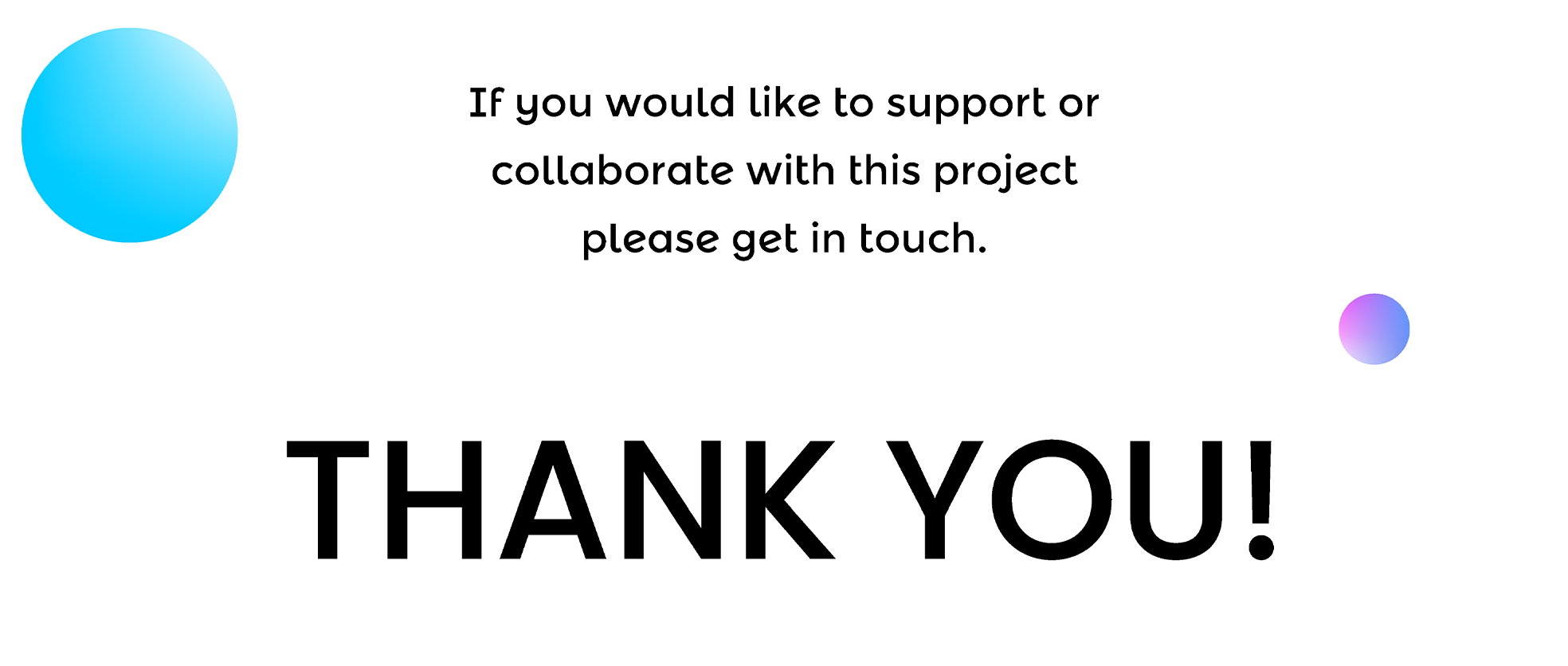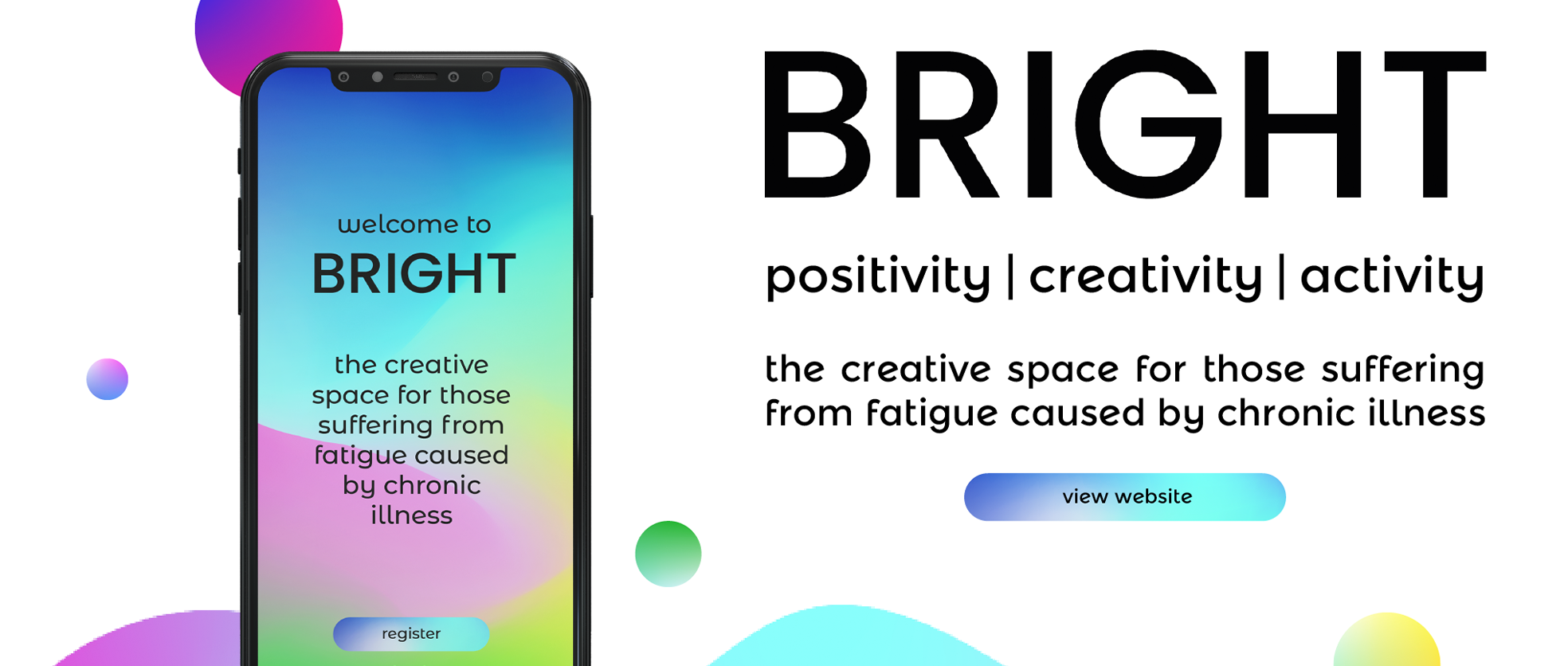How can graphic design be utilised to help improve the lives of individuals suffering from IBD related chronic illness?
The Question.
I want to find out more about chronic illness patients, more specifically those diagnosed with IBD (Inflammatory Bowel Disease). I firstly want to know if they experience isolation or loneliness during a flare of their disease. I believe this research will show me that there is a great increase. I want to see how graphic design could hone the use of colour and other tools to prevent and treat loneliness during flares of their illness. And how can we give people who suffer from chronic illness a tool to allow them to utilise this power.
We already know that colour does have a positive effect on your mental health. This has been proved by scientists and designers alike. But I want to find out if we can utilise this power that colour has using graphic design? I will run test and experiments to see if this could aid me in answering my question.
There are many forms that isolation can take. From the physical act of being alone for prolonged periods of time, being in one space for a prolonged period of time, or the feeling of being alone when you are surrounded by people
So how could we leverage the power of graphic design as a tool for those who are isolated and/or lonely in the space they spend most of their time during a flare of their illness to improve their mental wellbeing?
I want to focus predominantly at those with chronic illnesses that are suffering from physical or mental isolation. Looking directly at those who spend a lot of time in one space due to their condition. Running interviews with patients will allow me to find out more about this topic.
I also want to find out if my research, experimentation and outcomes within this specific target audience could be transferred to aid other people who suffer from chronic illnesses that cause isolation and loneliness.
Through this ‘design for social good’ project, I want to experiment with different tools that improve mental wellbeing, lift spirits, and improve the quality of life for as many people with this illness as I possibly can.
Target Audience.
My target audience are chronic illness patients and more specifically those diagnosed with IBD. I will be focusing on an audience who are isolated both physically and/or mentally to aid prevention and treat loneliness during a flare of their illness.
Aims & Objectives.
I want to create a tool that will allow people to aid their own mental wellbeing in their own environment. This could be something that could teach such as a book or website, or something to guide such as a subscription pack or a poster series.
Link to research documents
Now I have my proposal I need to go out there and start collecting first-hand research
Hospital Rooms
“Hello Hospital Rooms Team,
I know you are probably very busy at the moment getting back to the ‘new normal’ and starting projects again. I am currently working on my thesis and I would be so grateful if you could give a moment of your time to feedback on my proposal for my project. I am in need on a quote from industry leaders around my projects topic, and the work you are doing really is an inspiration for the work I want to produce.
I am about to undertake a depth of patient research but first need to present to a panel of designers and need industry leaders opinions to help guide me before I do. The purpose of this research is to gather first-hand information around the topic of isolation and loneliness for those who suffer from a chronic illness and more specifically those diagnosed with Inflammatory Bowel Disease (IBD). This will aid my research to finding out ‘How can graphic design be utilised to help improve the lives of individuals suffering from IBD related chronic illness?’
We already know that colour does have a positive effect on your mental health. This has been proved by scientists and designers alike. But I want to find out if we can utilise this power that colour has using graphic design? I will run test and experiments to see if this could aid me in answering my question. Ultimately I want to find out how we could leverage the power of graphic design as a tool for those who are isolated and/or lonely in the space they spend most of their time during a flare of their illness to improve their mental wellbeing?
(I have attached my proposal if you are interested at all in finding out more.)
The work you do to transform spaces that are cold, mundane, and in some cases scary into havens of inspiration and serenity is something I want to take on also but on a smaller scale and in the homes of patients. Your piece ‘Bindi Vora’ for the project, The Junipers PICU, has been a key force behind this idea.
I am only in the initial phase of this project so any feedback, comments, opinions would be amazing. Even if you could take the time to write a short sentence or two about how you feel about my project.
The work you do is amazing, never stop!
All the best, S”
“Hi Sasha,
“Good evening Tim,
Firstly, thank you for your prompt and extremely insightful response.
I just realised I completely forgot to mention that I am study my Masters in Graphic Design, (which will probably help you better understand my question). Although I haven’t considered going down the route of interior design and neither the route of artwork, these are two very possible directions I could find myself going in through this project. What I am sure of is the topic, and what I want to achieve, which is to utilise and improve a space a patient occupies to aid their metal wellbeing. This of course is what you are achieving yourself.
I was going to keep the project open but feedback so far is that the more specific the better so I am glad you agree. I am in the process of having an ethics review on my research as it is classed as high risk interviewing patients. I hope this will give me the insight I need though to progress.
Your point about asking questions in a way to gain as much information as possible is extremely true, I will take this in to consideration when preparing for interviews and reaching out to patients/doctors. “Finding unique ways of asking questions will find unique answers” – I love this!
When preparing for a project of yours, is there a process that you take to make each unique to its location? Do you research the hospital, find out what the ‘audience/patients’ are experiencing? What areas of the hospital need the most attention? Are the artists that are chosen connected some way to the location? I am intrigued to know how you research and prepare for a new project.
Your feedback is great and I cannot thank you enough! If you do not mind, down the line I would love to get back in touch and get some more feedback from yourself or where I am with the project once it starts to develop. The work you guys do is great!
Thanks again and keep well, S”
“Hi Sasha,
IBD Support Group – Action Team
“Hi Team,
I hope we are all doing well? I’ve been keeping myself busy with work, projects and uni! As well as lots of pottering in the garden and cooking to pass all of this time!
I have a favour to ask.. I know you are probably very busy at the moment getting back to the ‘new normal’! I am currently working on my thesis and I would be so grateful if you could give a moment of your time to feedback on my proposal for my project. I am in need on a quote from people relating to my projects topic, and obviously you guys are my first port of call!
I am about to undertake a depth of patient research but first need to present to a panel of designers and need opinions to help guide me before I do. The purpose of this research is to gather first-hand information around the topic of isolation and loneliness for those who suffer from a chronic illness and more specifically those diagnosed with Inflammatory Bowel Disease (IBD). This will aid my research to finding out ‘How can graphic design be utilised to help improve the lives of individuals suffering from IBD related chronic illness?’
We already know that colour does have a positive effect on your mental health. This has been proved by scientists and designers alike. But I want to find out if we can utilise this power that colour has using graphic design? I will run test and experiments to see if this could aid me in answering my question. Ultimately I want to find out how we could leverage the power of graphic design as a tool for those who are isolated and/or lonely in the space they spend most of their time during a flare of their illness to improve their mental wellbeing?
(I have attached my proposal if you are interested at all in finding out more.)
I am only in the initial phase of this project so any feedback, comments, opinions would be amazing. Even if you could take the time to write a short sentence or two about how you feel about my project.
However, I do need to gather some research after my proposal has been accepted, which will be in a few weeks time. If anybody is willing I need to run a few interviews to gather evidence for my project. As our immune systems aren’t that great, I will be running them on video calls which should be around 10-20 minutes of questions, but if anyone’s up for a socially distanced cup of coffee I definitely would be up for that! And of course, you will receive a lovely thank you pack for your time and efforts, full of treats! – As it is a formal project and we are patients I have to get this research accepted by an ethics review board, which is why I’ve also attached a consent form if anyone is up for it so you can find out more.
All the best, S”
Oakleaf – Mental Health Charity
“Hiya Jen,
It has been a while! I hope you and the team are doing well?
I know you are probably very busy at the moment getting back to the ‘new normal’ and going back to the office again. I am currently working on my thesis for my MA in Graphic Design and I would be so grateful if you could give a moment of your time to feedback on my proposal for my project. I am in need on a quote from industry leaders around my projects topic, and the work you are doing for mental health at Oakleaf relates directly.
I am about to undertake a depth of patient research but first need to present to a panel of designers and need industry leaders opinions to help guide me before I do. The purpose of this research is to gather first-hand information around the topic of isolation and loneliness for those who suffer from a chronic illness and more specifically those diagnosed with Inflammatory Bowel Disease (IBD). This will aid my research to finding out ‘How can graphic design be utilised to help improve the lives of individuals suffering from IBD related chronic illness?’
We already know that colour does have a positive effect on your mental health. This has been proved by scientists and designers alike. But I want to find out if we can utilise this power that colour has using graphic design? I will run test and experiments to see if this could aid me in answering my question. Ultimately I want to find out how we could leverage the power of graphic design as a tool for those who are isolated and/or lonely in the space they spend most of their time during a flare of their illness to improve their mental wellbeing?
(I have attached my proposal if you are interested at all in finding out more.)
The work you do to transform the lives of those with mental health conditions, make people aware of them, the events you do as well as the famous MHFA courses you guys offer, you guys were the first people I thought of when I found out I needed an industry opinion.
I am only in the initial phase of this project so any feedback, comments, opinions would be amazing. Even if you could take the time to write a short sentence or two about how you feel about my project.
The work you do is amazing, never stop!
Keep well – All the best, S”
Explore more of my thesis project & Dissertation here.




